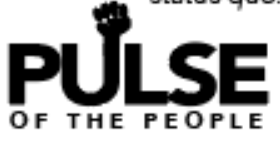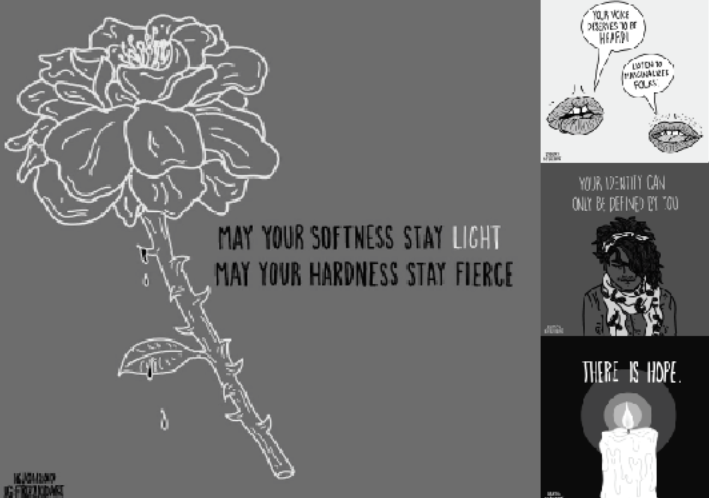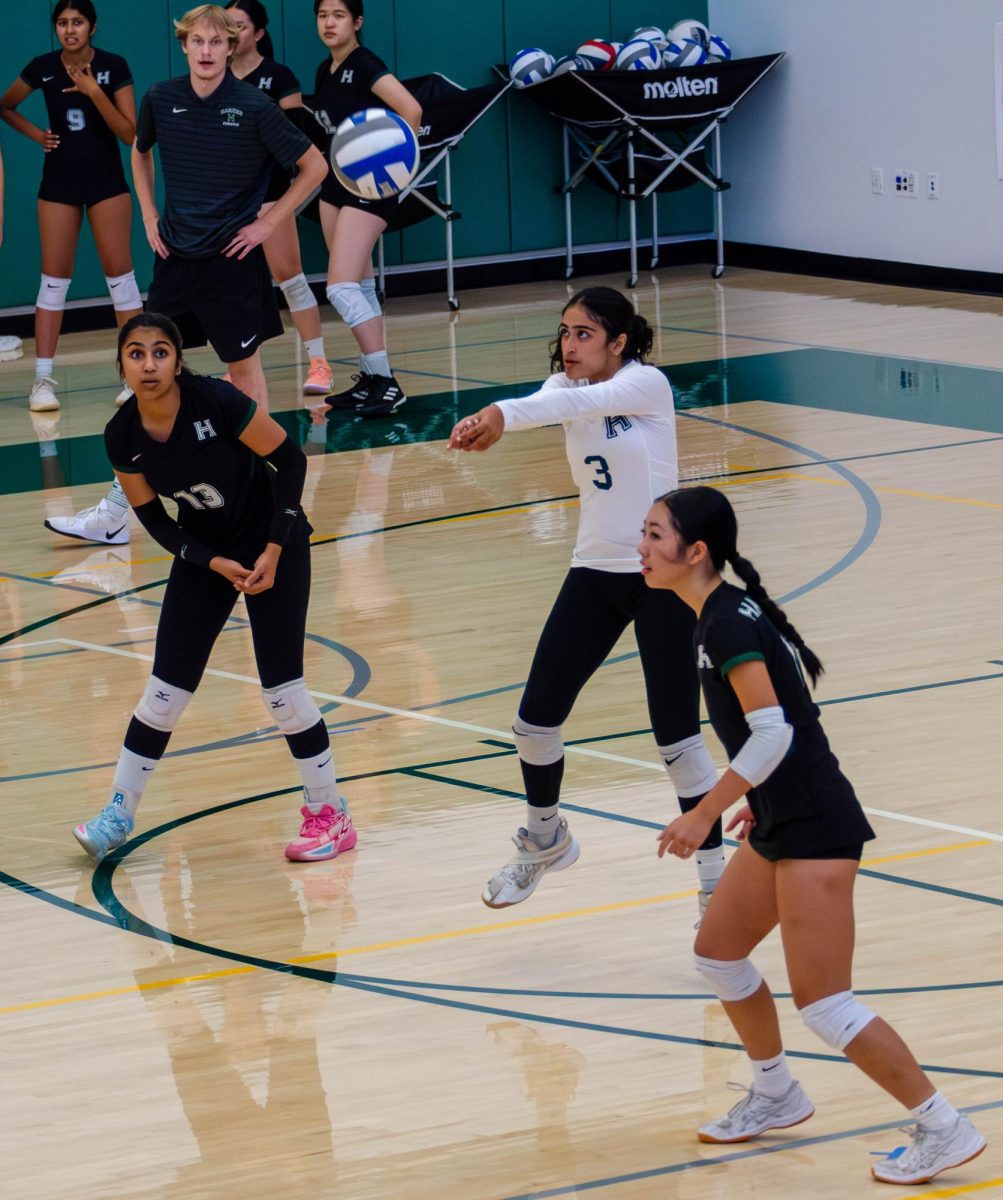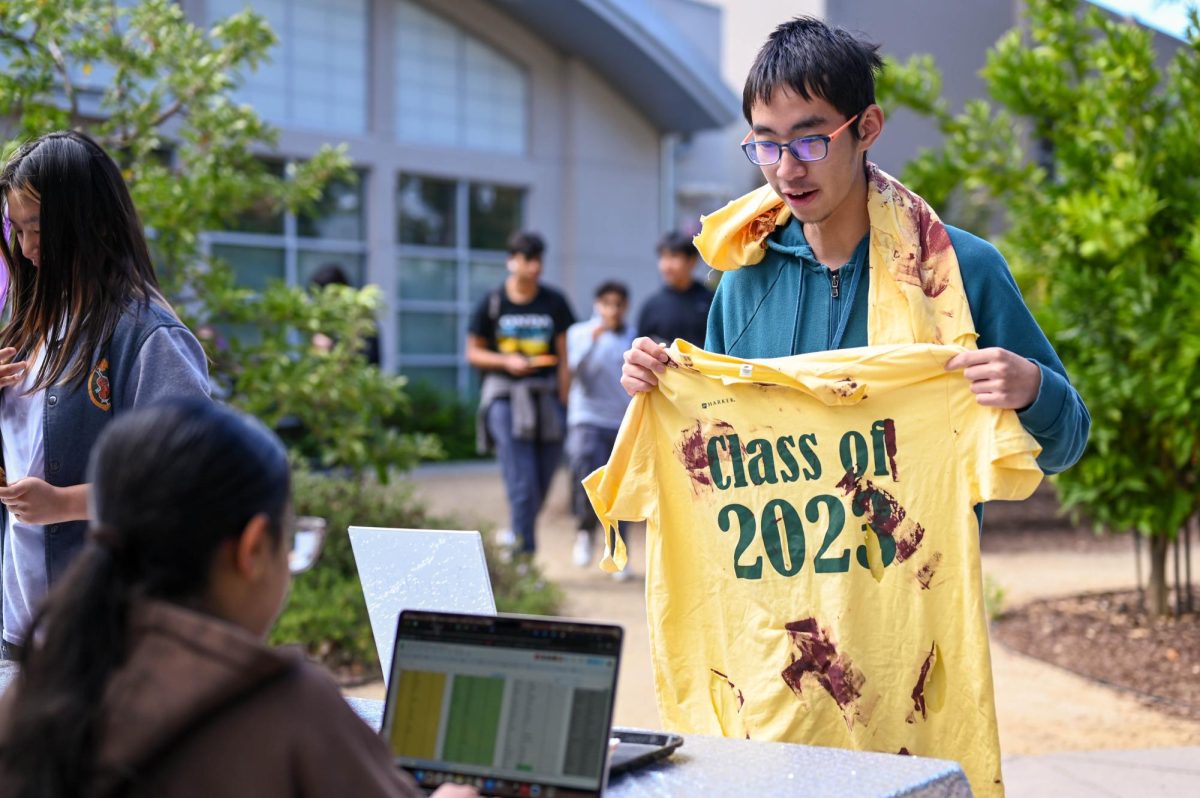Pulse of the People: Creative resistance
September 6, 2017
 Art. There is no one way to define it. It’s the soft rustle of a curtain as it opens to reveal an elaborate set; it’s the scratch of a pencil as it creates words out of imagination; it’s the glide of a paintbrush as it colorfully sweeps over a blank canvas. It can be poignant or irreverent, heart touching or cynical–but for some, it can also be powerful, a way to uproot the status quo.
Art. There is no one way to define it. It’s the soft rustle of a curtain as it opens to reveal an elaborate set; it’s the scratch of a pencil as it creates words out of imagination; it’s the glide of a paintbrush as it colorfully sweeps over a blank canvas. It can be poignant or irreverent, heart touching or cynical–but for some, it can also be powerful, a way to uproot the status quo.
From Theodore Géricault’s “Raft of the Medusa” to Pablo Picasso’s “Guernica”, art has challenged norms and addresses sociopolitical issues for centuries. “Artistic activism” refers to a creative approach to advocacy and resistance, and many modern-day creators have drawn upon this form of expression to convey their ideas and opinions to the world.
“Art is always very tied to its time–it reacts to what’s happening,” Jaap Bongers, visual arts department chair, said. “Politically motivated artists–poets, playwrights, sculptors, singers–come in action in times of conflict and societal stress to create awareness, to fight propaganda with counter-propaganda.”
Florida-based creator Alessandra Mondolfi, who considers herself to be a “maker” rather than an artist, designs props for protesters to carry and wear during rallies and marches. She also is an avid videographer and edits her own creative mini-videos that symbolically express themes of social justice. Mondolfi started to engage in this unique form of activism after the 2016 election, determined to enact change through her political work.
Protesting props like Mondolfi’s have been utilized extensively by activists to verbalize their convictions in resistance campaigns across the country, from #BlackLivesMatter demonstrations to the Dakota Access Pipeline protests. Photos of marchers carrying signs printed with slogans have been circulated across media platforms, giving a face to the grass-roots movement.
“We as artists have the skills to create those visuals for the media to pick up, for our cause to be broadcast further,” Mondolfi said. “Historically, art has led social change.”
Other creators in the “visual game” use a more traditional medium of expression: visual art. Using their skills with everything from a paintbrush to graphic design tools, these artists convey potent messages and share important stories through their dynamic illustrations. Visual art and social activism have been intertwined for generations–artists ranging from Pablo Picasso’s to Andy Warhol’s to Banksy’s all shaped visual culture through their sociopolitical activism– but the rise of social media platforms enables creative minds such as writer-illustrator Hana Shafi to reach larger audiences.
Shafi, who is known in the art world as “The Frizz Kid”, combines poetic language with visuals to create both reactionary artwork that addresses socio-political issues and positive affirmations art that kindles solidarity and provides viewers with a sense of comfort and support.
“A lot of marginalized people who experience these things–sexual violence, racism, addiction–don’t find themselves represented in the discourse that surrounds these subjects,” Shafi said. “Half of it is creating awareness, but it’s also in support of diverse communities. I hope they gain a sense of healing by feeling included in art–knowing that they’re not alone.”
Literature has also served as a means of addressing critical issues throughout history. Authors like Olaudah Equiano who highlighted the injustices of the slave trade, political commentators like Lucy Stone who advocated for women’s suffrage and twentieth century activists like Audre Lorde who drew attention to the civil rights and feminist movements through literature–all these artists and more transcended the barriers of tradition through artistic narratives composed of political language.
Today, literary activists pursue their own paths of creative advocacy as their historic predecessors did. Many writers and artists have joined modern-day resistance movements, and the art world has experienced a resurgence in activist writing–most significantly, protest poetry. After the National Women’s March, actress Ashley Judd’s recitation of nineteen-year-old Nina Donovan’s spoken-word poem, “Nasty Woman”, went viral. In April, the March for Science presented pop-up poetry workshops. The theme of the Bay Area Book Festival in June encapsulated literary activism. In recent months, publishing groups have produced literature anthologies featuring socio-political subject matter.
By expressing political convictions and telling the stories of marginalized communities, these lyricists, essayists, novelists and poets have built a movement fueled by the power of words.
“People are so often ‘othered’, and literature can help break that down,” literary activist and author Lynn Melnick said. “People are looking to anything for answers, for explanation, for hope. Literature offers that hope, that outrage, that new vision for what the future could be–it can go into the heart of things, can touch upon things that other mediums can’t.”
While artists have been creating work that transcends sociopolitical boundaries for centuries, the rise of the internet and the pervasiveness of social media today contributes to the spread of activist knowledge and ideas, enabling creative minds from different parts of the world to share their work with larger audiences.
“Before the internet and social media, people couldn’t communicate as well and marginalized groups were not included–people just weren’t aware,” Melnick said. “With the advent of the internet, there are fewer gatekeepers and there have been many more diverse writers represented and promoted. Now, people feel less alone and are able to make change a lot easier.”
This change has been spearheaded by the artists who, by expressing political convictions and telling the stories of marginalized communities, have build a movement fueled by the power of creative thought.
“People look at the arts as something you do in your free time, as the act of producing pretty stuff–but it’s not just that,” Bongers said. “It’s an incredibly powerful weapon.”
This piece was originally published in the pages of The Winged Post on September 6, 2017.


















![“[Building nerf blasters] became this outlet of creativity for me that hasn't been matched by anything else. The process [of] making a build complete to your desire is such a painstakingly difficult process, but I've had to learn from [the skills needed from] soldering to proper painting. There's so many different options for everything, if you think about it, it exists. The best part is [that] if it doesn't exist, you can build it yourself," Ishaan Parate said.](https://harkeraquila.com/wp-content/uploads/2022/08/DSC_8149-900x604.jpg)




![“When I came into high school, I was ready to be a follower. But DECA was a game changer for me. It helped me overcome my fear of public speaking, and it's played such a major role in who I've become today. To be able to successfully lead a chapter of 150 students, an officer team and be one of the upperclassmen I once really admired is something I'm [really] proud of,” Anvitha Tummala ('21) said.](https://harkeraquila.com/wp-content/uploads/2021/07/Screen-Shot-2021-07-25-at-9.50.05-AM-900x594.png)







![“I think getting up in the morning and having a sense of purpose [is exciting]. I think without a certain amount of drive, life is kind of obsolete and mundane, and I think having that every single day is what makes each day unique and kind of makes life exciting,” Neymika Jain (12) said.](https://harkeraquila.com/wp-content/uploads/2017/06/Screen-Shot-2017-06-03-at-4.54.16-PM.png)








![“My slogan is ‘slow feet, don’t eat, and I’m hungry.’ You need to run fast to get where you are–you aren't going to get those championships if you aren't fast,” Angel Cervantes (12) said. “I want to do well in school on my tests and in track and win championships for my team. I live by that, [and] I can do that anywhere: in the classroom or on the field.”](https://harkeraquila.com/wp-content/uploads/2018/06/DSC5146-900x601.jpg)
![“[Volleyball has] taught me how to fall correctly, and another thing it taught is that you don’t have to be the best at something to be good at it. If you just hit the ball in a smart way, then it still scores points and you’re good at it. You could be a background player and still make a much bigger impact on the team than you would think,” Anya Gert (’20) said.](https://harkeraquila.com/wp-content/uploads/2020/06/AnnaGert_JinTuan_HoHPhotoEdited-600x900.jpeg)

![“I'm not nearly there yet, but [my confidence has] definitely been getting better since I was pretty shy and timid coming into Harker my freshman year. I know that there's a lot of people that are really confident in what they do, and I really admire them. Everyone's so driven and that has really pushed me to kind of try to find my own place in high school and be more confident,” Alyssa Huang (’20) said.](https://harkeraquila.com/wp-content/uploads/2020/06/AlyssaHuang_EmilyChen_HoHPhoto-900x749.jpeg)










